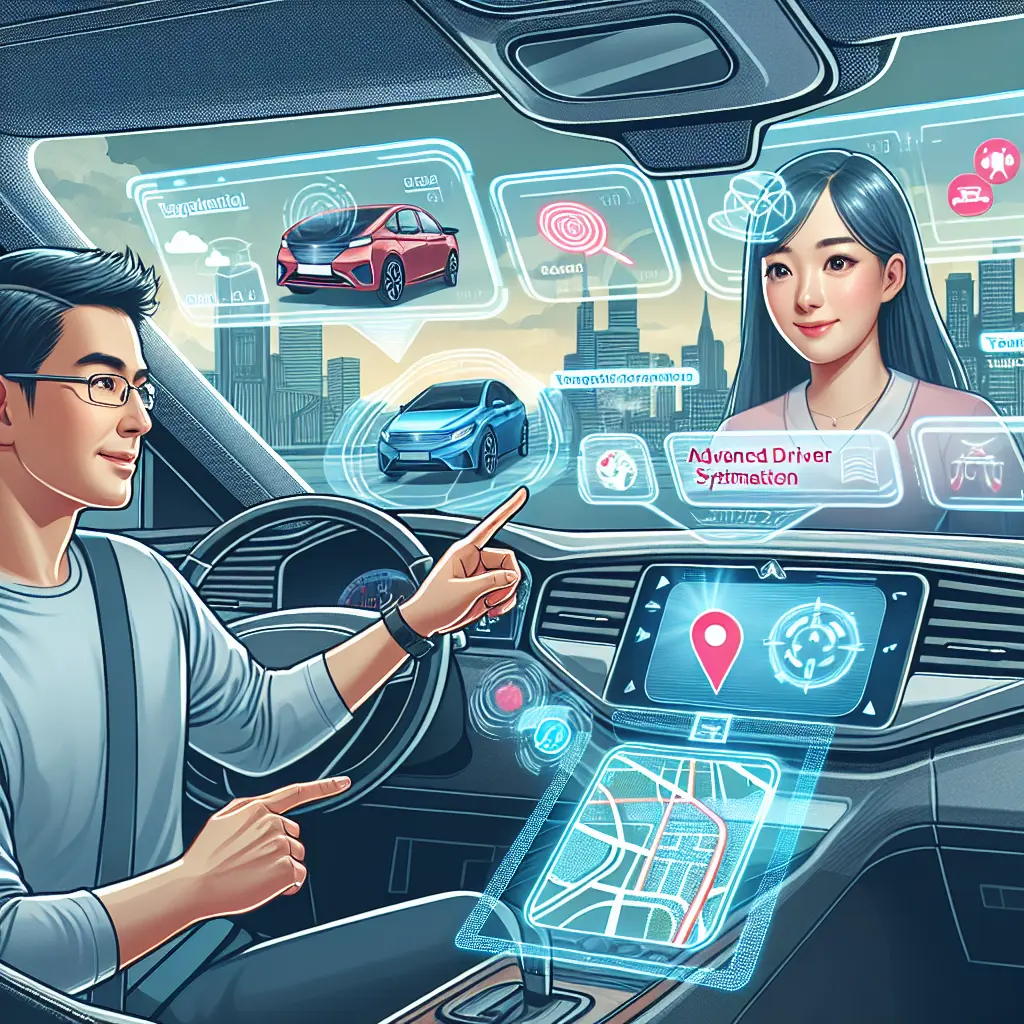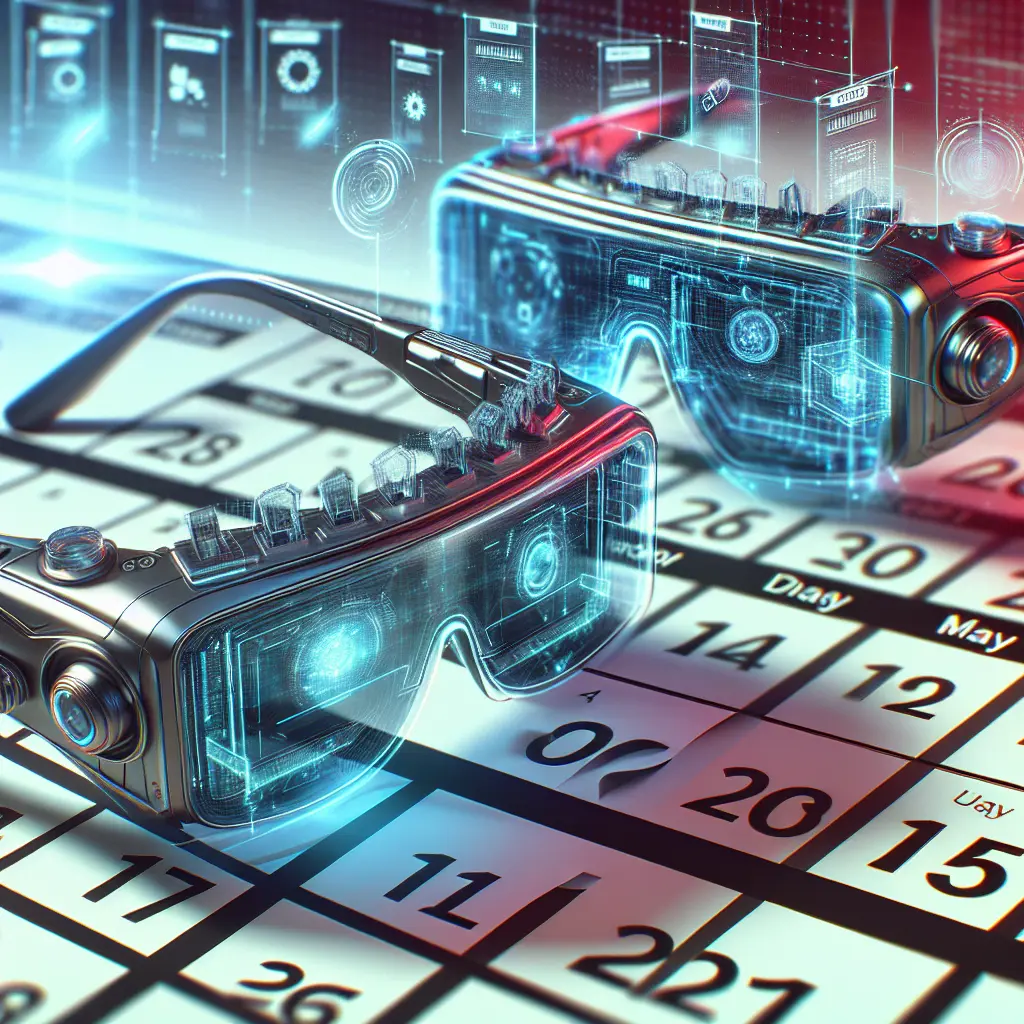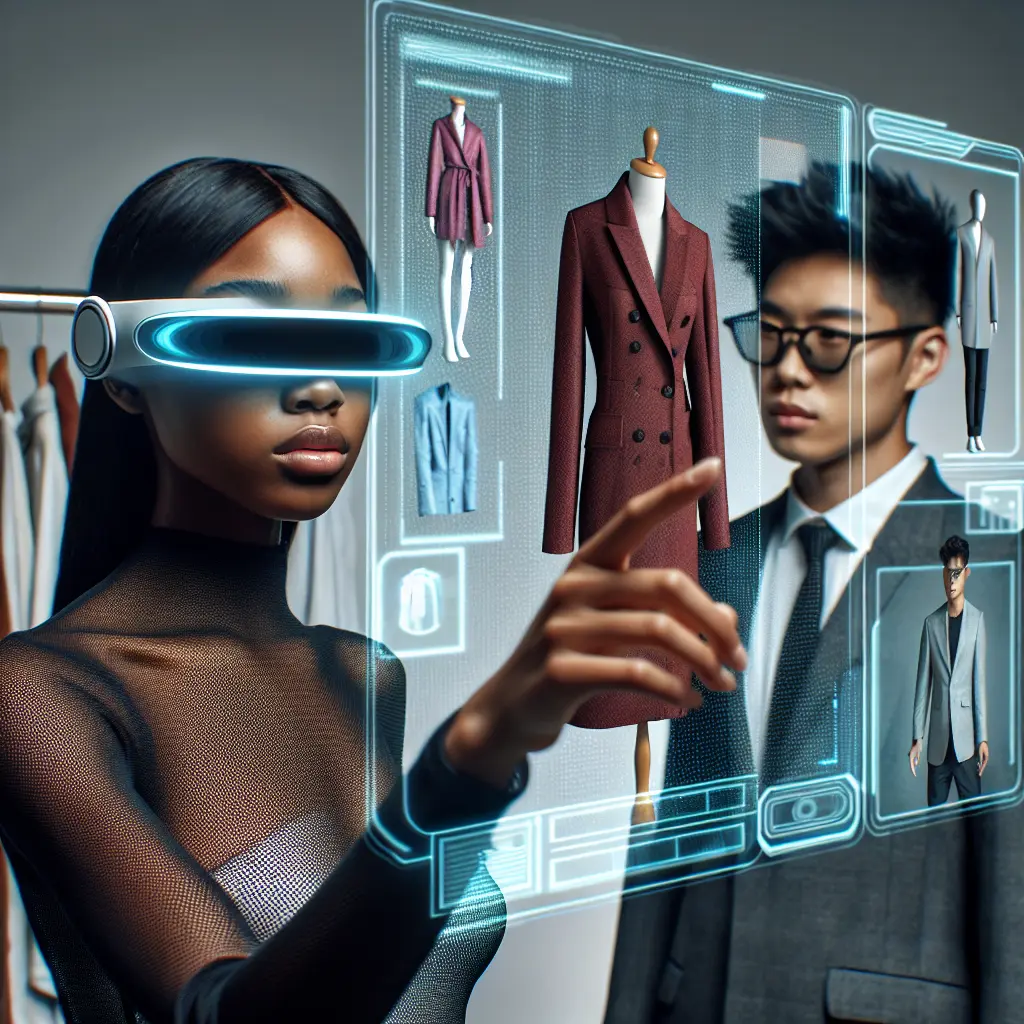In the rapidly evolving automotive industry, augmented reality (AR) is reshaping how we perceive and experience driving. As AR technology in cars advances, it promises to redefine driver safety by offering innovative solutions that were once confined to the realm of science fiction. AR for driver safety is not just a futuristic concept; it's a burgeoning reality that enhances vehicle safety through groundbreaking applications. By overlaying digital information onto the real-world view, augmented reality driving assistance provides drivers with critical information, significantly reducing distractions and improving situational awareness.
The integration of augmented reality in automotive industry is paving the way for a safer driving experience. Features like AR HUD for vehicles and augmented reality navigation systems transform the way we interact with our surroundings, offering visual cues that enhance decision-making on the road. This technology not only elevates the driving experience but also brings about substantial economic benefits of AR in automotive by potentially reducing accidents and associated costs.
As we explore the economic implications of AR in cars, it's evident that cost-effective AR solutions for cars are becoming increasingly accessible, allowing manufacturers to embed these advanced technologies without significantly impacting vehicle price points. The augmented reality economy impact extends beyond safety, influencing consumer choices and fostering innovation within the sector.
With automotive industry technology advancements progressing at an unprecedented pace, the future of augmented reality in automotive holds promise for revolutionary safety innovations. This paradigm shift toward AR-enhanced vehicle safety and augmented reality road safety solutions is setting new standards for what drivers can expect in terms of security and convenience. Delving deeper into the myriad AR applications in automotive industry reveals a landscape ripe with potential for both economic growth and enhanced driver protection.
In recent years, augmented reality (AR) has emerged as a transformative force in the automotive industry, significantly enhancing driver safety. The integration of AR technology in cars promises to redefine how drivers perceive the road and interact with their vehicles. This shift is part of a broader movement towards AR-enhanced vehicle safety and augmented reality road safety, which together are setting new standards for driving security and convenience. By examining recent news and insights from the industry, we can better understand how AR is reshaping the automotive landscape.
Augmented Reality: A Game Changer for Driver Safety
AR technology in cars is rapidly evolving, offering innovative solutions that reduce driver distractions and enhance situational awareness. One of the most significant advancements is the development of AR HUD for vehicles (Head-Up Displays), which project crucial information such as speed, navigation directions, and hazard alerts directly onto the windshield. This keeps drivers' eyes on the road, minimizing distractions caused by glancing at traditional dashboards or mobile devices.
For instance, a recent report by Future Market Insights highlights the growing demand for advanced in-vehicle technologies, including digital speedometers integrated with AR systems. These innovations are driving the global market for digital speedometers towards a projected valuation of USD 14,246.3 million by 2034. This growth underscores the increasing adoption of AR for driver safety across the industry.
Another critical application of AR in the automotive industry is augmented reality navigation systems. These systems overlay digital navigation cues directly onto the real-world view, providing a more intuitive and less distracting way to follow routes. By integrating real-time data with the driver's actual surroundings, AR navigation systems improve decision-making and reduce the likelihood of missing turns or exits.
Consider how these augmented reality driving assistance features are being implemented in vehicles today. Leading automakers are embedding AR applications in automotive industry products to create a seamless driving experience. These enhancements not only make navigation easier but also contribute to the overall augmented reality driving experience, offering a futuristic touch to everyday commutes.
Economic Benefits and Implications of AR in Automotive
The economic benefits of AR in automotive are substantial, with potential reductions in accident rates and associated costs leading to significant savings for both consumers and insurers. As AR technology becomes more widespread, cost-effective AR solutions for cars are increasingly accessible. Manufacturers are finding ways to integrate these technologies without dramatically raising vehicle price points, making them appealing to a broader audience.
Furthermore, the augmented reality economy impact extends beyond safety. It influences consumer choices by enhancing vehicle appeal through cutting-edge technology while fostering innovation within the sector. This technological advancement aligns with ongoing automotive industry technology advancements, contributing to a competitive market landscape where manufacturers strive to offer the latest features to tech-savvy consumers.
The future of augmented reality in automotive holds promise for even more revolutionary safety innovations. As technology continues to advance, we can expect to see more sophisticated AR and driver assistance systems that further enhance driver safety and convenience. These systems will likely incorporate machine learning and AI to provide personalized driving assistance tailored to individual habits and preferences.
For example, imagine a scenario where an AR system not only alerts drivers to nearby hazards but also predicts potential threats based on historical traffic data and real-time conditions. Such predictive capabilities would mark a significant leap forward in improving driver safety with AR, showcasing the potential of this technology to transform the driving experience fundamentally.
Several automakers have already begun implementing AR applications in automotive industry products. For instance, companies like Mercedes-Benz and BMW have introduced vehicles equipped with advanced AR HUDs that display navigation directions and other critical information directly on the windshield. These systems have been well-received by consumers, highlighting their effectiveness in reducing distractions and improving overall safety.
Moreover, pilot programs in various cities are exploring augmented reality road safety applications designed to assist urban planners and traffic authorities in managing congestion and improving pedestrian safety. By overlaying real-time data on city infrastructure, these initiatives provide valuable insights into traffic flow patterns and potential bottlenecks, offering a holistic approach to urban mobility challenges.
Conclusion: Engaging with the Audience
As we delve deeper into the myriad applications of AR in the automotive industry, it's clear that this technology is not merely a passing trend but a cornerstone of future mobility solutions. The continuous development of automotive AR safety features signals an exciting era where driver safety is prioritized alongside technological innovation.
In conclusion, augmented reality (AR) is proving to be a game-changer in the automotive industry, with its potential to enhance driver safety and redefine the driving experience. Key points to consider include:
Driver Safety Enhancements: AR technology, particularly through Head-Up Displays (HUDs), projects essential information like speed and navigation directly onto windshields, reducing distractions and keeping drivers' attention on the road.
Advanced Navigation: AR navigation systems integrate real-time data with the driver's view, providing intuitive guidance that minimizes missed turns and enhances situational awareness.
Economic Benefits: The widespread adoption of AR in vehicles promises significant economic advantages, including reduced accident rates and associated costs, making it a cost-effective solution for both consumers and insurers.
Technological Advancements: As AR technology evolves, we can expect more sophisticated systems that leverage machine learning and AI to offer personalized driving assistance, further enhancing safety and convenience.
Real-World Applications: Leading automakers like Mercedes-Benz and BMW have already implemented AR systems in their vehicles, demonstrating the technology's effectiveness in improving safety and the driving experience.
The journey towards an AR-enhanced future in automotive is not merely a trend but a substantial step towards revolutionizing mobility solutions. We invite you to reflect on how these advancements could shape your driving experience. Have you encountered any AR features in vehicles? How do you foresee this technology influencing the future of driving? Share your thoughts and join the conversation as we explore the transformative potential of augmented reality together.
Drive safely and keep your eyes on the road ahead! 🚗✨






Leave a Comment